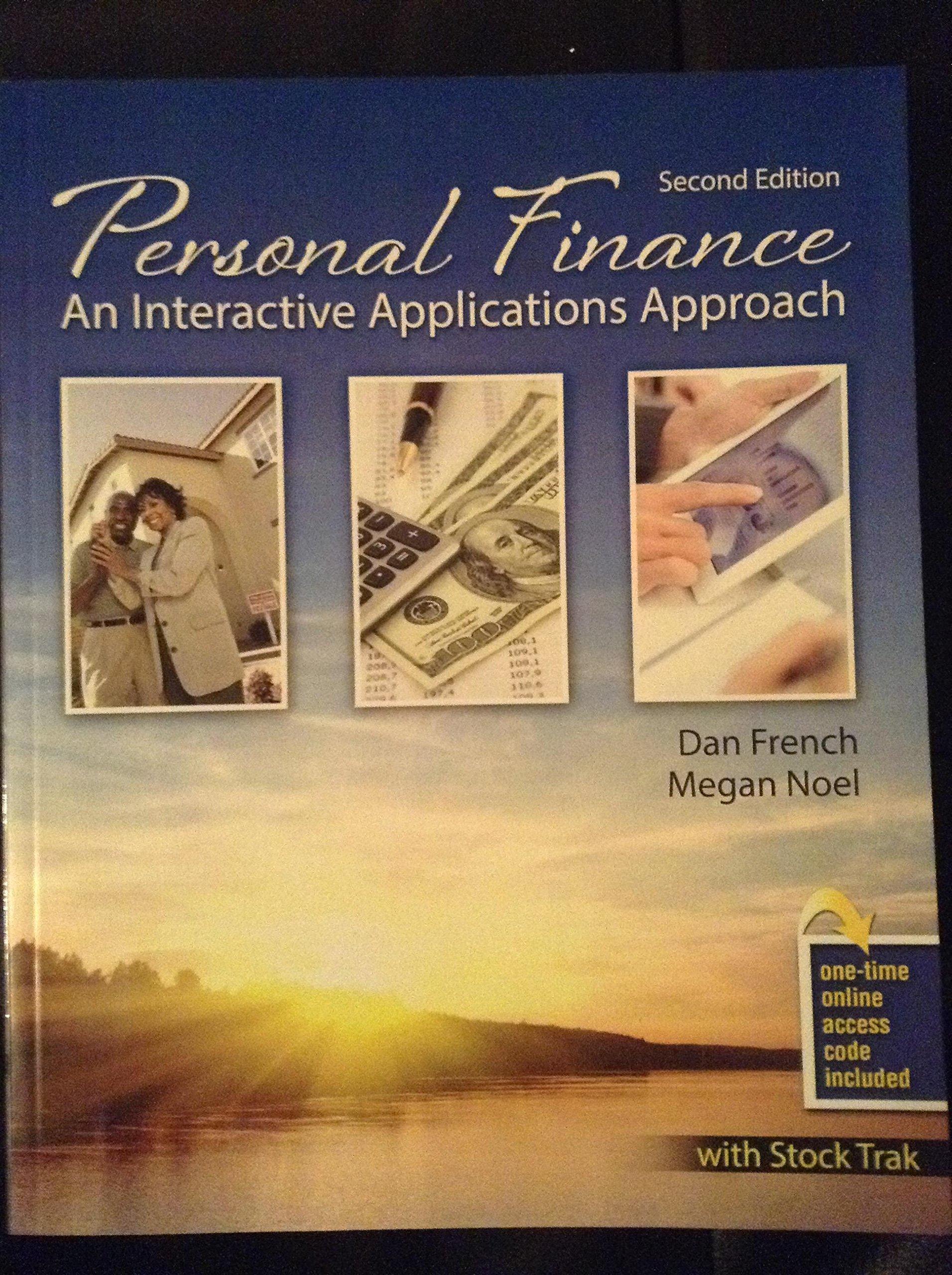Question
Megafund financing methods for funding early-stage translational research often require billions of dollars in capital to diversify idiosyncratic scientific and clinical risk enough to attract
Megafund financing methods for funding early-stage translational research often require billions of dollars in capital to diversify idiosyncratic scientific and clinical risk enough to attract private-sector capital. In this problem set we apply this financing method to orphan drug development, where development costs, failure rates, and correlations are low, and therefore the amount of capital required to de-risk these portfolios is much lower.
Consider a portfolio of 8 preclinical orphan drug compounds each initially acquired and developed using US$25 million of capital. Assume this capital is used to first purchase and then develop the compounds, with excess capital not currently deployed earning a 0% return in cash. For simplicity, also assume that compounds are sold once they (successfully) complete the preclinical phase. We will perform a statistical analysis to estimate the expected return of this investment over the initial preclinical research phase.
Problem 1
Assuming average annual sales of US$300 million, a 10% cost of capital, a competition-free marketing period of 12 years, and profit margin of 25%, estimate the net present value of an orphan drugs profits over its competition-free lifespan at the moment of product launch. Assume the first cash flow occurs 1 year after launch. (Note: Your answer should be expressed in units of millions of dollars.)
$ = ______ millions
Problem 2
Using the estimates for clinical trial costs, success rates, and duration in the table below, estimate the expected value of an orphan drug at the beginning of the following phases. Assume that the effective annual cost of capital for preclincal research, Phase 1, Phase 2, Phase 3, and NDA review are 30%, 30%, 30%, 25%, and 15%, respectively, and that clinical trial costs are incurred at the beginning of each phase. (Note: Your answer should be expressed in units of millions of dollars.)
 NDA = ______ million
NDA = ______ million
Phase III = ______ million
Phase II = ______ million
Phase I = ______ million
Preclinical = ______ million
Problem 3
At the end of the preclinical research phase, what is the expected value and standard deviation of the return on the US$25 million of capital invested in a single preclinical orphan drug compound. Assume that capital held in cash earns no interest. (Note: Your answer should be a number in percentage form. Do not enter '%'.)
E[R] = _____ %
SD(R) = _____ %
Problem 4
Assume the success of the preclincal orphan drug compounds within the portfolio are statistically independent, and therefore have a fixed correlation of 0%. What is the expected value and standard deviation of the portfolio's return? (Note: Your answer should be a number in percentage form. Do not enter '%'.)
E[R] = _____ %
SD(R) = _____ %
Problem 5
Assume that 40% of the total capital required to form the orphan drug portfolio is financed by selling fixed-income securities that mature at the end of the preclinical phase, and the residual capital is in the form of equity. Furthermore, assume that the yield-to-maturity on these fixed-income securities is 5% per year, and their coupon rate is 0% (i.e., they have no coupon payments). What is the expected value and standard deviation of the return on equity? (Note: Your answer should be a number in percentage form. Do not enter '%'.)
E[R] = _____ %
SD(R) = _____ %
Phase Cost (US$ million) Probability of Success Duration (years) Preclinical 69% 1.00 Phase 1 84% 1.66 Phase 2 8 53% 2.09 Phase 3 43 74% 2.15 NDA 96% 0.80Step by Step Solution
There are 3 Steps involved in it
Step: 1

Get Instant Access to Expert-Tailored Solutions
See step-by-step solutions with expert insights and AI powered tools for academic success
Step: 2

Step: 3

Ace Your Homework with AI
Get the answers you need in no time with our AI-driven, step-by-step assistance
Get Started


